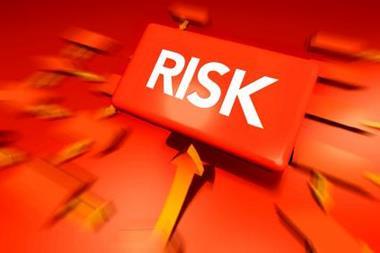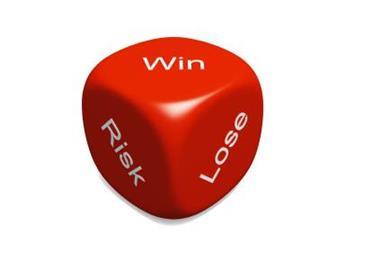Standard & Poor's releases study into European insurer ERM strategies
True enterprise risk management (ERM) in Europe is still in its infancy, in line with the state of the global market as a whole, but is developing, according to Standard & Poor's.
In its report "Enterprise risk management assessments on Europe's insurers," Standard & Poor's has published for the first time its opinions on the ERM of 70 European insurance companies.
"Of the insurers we rate based in Europe we've found that ERM programs at 86% are adequate, compared with 81% for all insurers globally," said credit analyst Laura Santori. "The outlook for ERM is nevertheless clearly positive."
The results of Standard & Poor's survey of insurance groups also showed that ERM programs at 8% of them are "strong" (versus 11% globally), 4% are "excellent" (versus 5% globally), and 2% are "weak" (versus 3% globally).
Standard & Poor's classifies ERM programs at insurance companies into four categories: excellent, strong, adequate, and weak. The assessment takes into account an analysis of several components: risk management culture, risk controls, emerging-risk management, risk and economic capital modeling, and strategic risk management.
"We're seeing greater interest by insurers in establishing ERM systems not only to meet regulatory requirements but also to their competitive advantage," said credit analyst Keith Bevan. "A number of companies are starting to invest substantially in various aspects of ERM."
This comes with an increased pace of change in risk management practices in the run-up to the EU's Solvency II project, which aims to bring regulatory capital requirements at insurance companies more in line with their true risks.











